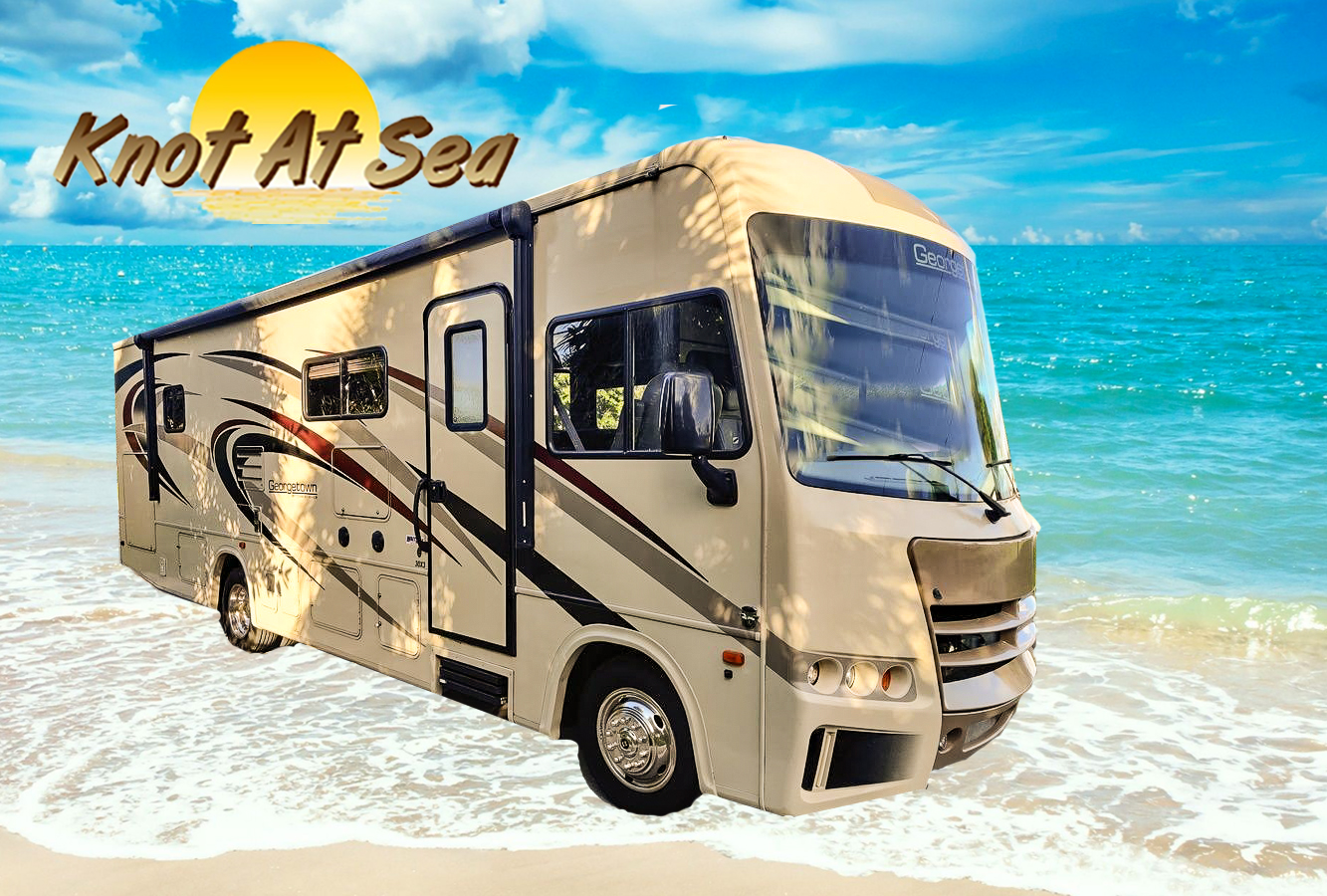Most RV'ers in today's digital world have to have some kind of connection to the internet to read the News, check E-mail, pay bills when away from home and sometimes its very handy to look at online maps and find the best route to your next stop and even make reservations online. With our big Retirement Tour of America trip coming up in the Summer of 2017, I started doing some research (on the internet) about how to get a better WiFi connection when a HotSpot is nearby. There are a varitey of hardware/software solutions out there when you do a Google search for: "WiFi Signal Booster". It didn't take long, sifting through all the options and techno jargon, and I was overwhelmed with information overload.
 |
| Alfa USB WiFi Adapter |
After many hours of reading reviews and watching lots of YouTube videos, I decided to search specifically for Boosting WiFi for RV's. That's when I discovered a YouTube video review of a product called Alfa WiFi Booster that an RV owner purchased and installed for around $100. Most of the booster systems I had looked at were in the $300+ range. I continued my research on the Alfa WiFi product and ran across a website called TechnoRV.
Click here to visit TechnoRV.com
This is what I learned by reading the information on their website and watching some of the TechnoRV YouTube videos:
The Alfa USB WiFi Booster shown on the left offers up to a 10x performance increase over your average laptop, tablet or smart phone WiFi connection. It plugs directly into the USB port of your device and in most cases, automatically installs on your Windows computer and is ready to connect to a nearby WiFi hot spot.
By adding the Alfa R36 USB WiFi Router/Repeater and connecting the WiFi Booster above, you can create a private WiFi hot spot right inside your RV, allowing multiple WiFi devices to share the incoming internet connection, just like at home. This device needs to be plugged in using the provided 110v adapter.
TechnoRV offers several different bundled packages using these devices along with different options for an outdoor omni-directional antenna for a more permanent installation or you can purchase the two devices shown above for a portable solution that can be used anywhere you want to boost a nearby WiFi signal. If you decide you want to add an outdoor antenna in the future, it can be connected to the Alfa WiFi adapter as well.
I decided to call TechnoRV and ask a few questions about their WiFi Desktop Booster Kit and much to my surprise, a representative answered the phone and connected me with Eric, the owner of the company. He was very helpful and answered all my questions about this system and sent their Learning Series on how to install and configure the devices for my needs.
 I will be installing the Desktop Booster Kit in our RV in the near future, and I will report back here with an update on my experience installing and using it the next time we go camping.
I will be installing the Desktop Booster Kit in our RV in the near future, and I will report back here with an update on my experience installing and using it the next time we go camping.
Click here to see the WiFi Desktop Booster Kit on their websiteClick here to visit TechnoRV.com
This is what I learned by reading the information on their website and watching some of the TechnoRV YouTube videos:
The Alfa USB WiFi Booster shown on the left offers up to a 10x performance increase over your average laptop, tablet or smart phone WiFi connection. It plugs directly into the USB port of your device and in most cases, automatically installs on your Windows computer and is ready to connect to a nearby WiFi hot spot.
 |
| Alfa R36 USB WiFi Router/Repeater |
By adding the Alfa R36 USB WiFi Router/Repeater and connecting the WiFi Booster above, you can create a private WiFi hot spot right inside your RV, allowing multiple WiFi devices to share the incoming internet connection, just like at home. This device needs to be plugged in using the provided 110v adapter.
TechnoRV offers several different bundled packages using these devices along with different options for an outdoor omni-directional antenna for a more permanent installation or you can purchase the two devices shown above for a portable solution that can be used anywhere you want to boost a nearby WiFi signal. If you decide you want to add an outdoor antenna in the future, it can be connected to the Alfa WiFi adapter as well.
I decided to call TechnoRV and ask a few questions about their WiFi Desktop Booster Kit and much to my surprise, a representative answered the phone and connected me with Eric, the owner of the company. He was very helpful and answered all my questions about this system and sent their Learning Series on how to install and configure the devices for my needs.
 I will be installing the Desktop Booster Kit in our RV in the near future, and I will report back here with an update on my experience installing and using it the next time we go camping.
I will be installing the Desktop Booster Kit in our RV in the near future, and I will report back here with an update on my experience installing and using it the next time we go camping.





































